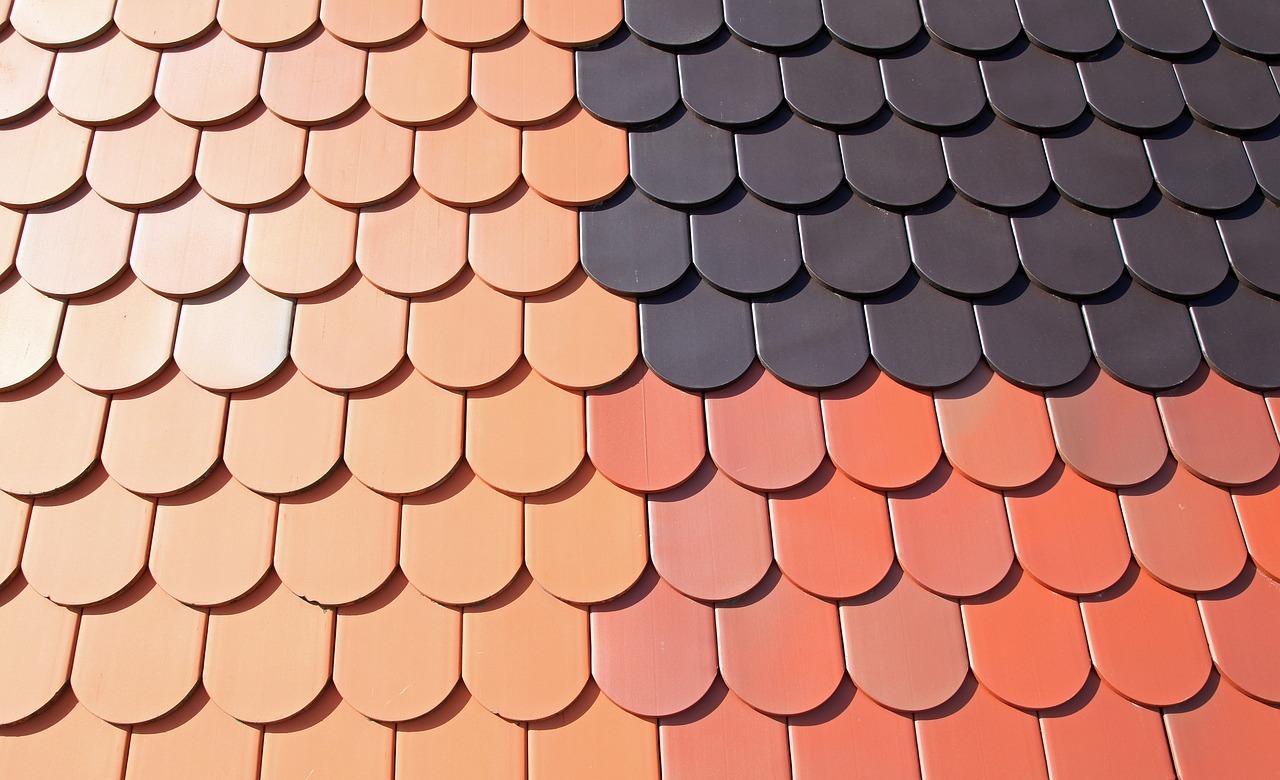Every material has its uses in certain areas for certain houses. Evidently, the best material for roofing in Calgary would be something that is better suited to withstand the city’s cold weather snaps and harsh temperatures. On the other hand, living further south may mean your roofing needs to withstand hot summers or high winds.
All in all, each material has its advantages and its drawbacks. By being aware of what these pros and cons are you can make a better decision on what roofing material you want to use for your roof that is durable enough to withstand the weather and climate your area experiences.
The Good
Every material has its pro – otherwise, it wouldn’t be on the market at all. Different areas have different climates or experience different volumes of storms, high winds, hail, etc. Choose a material that is right for the area that you live – not the one with the cheapest price tag. A roofing professional may be able to offer you advice on what material is best for your roof.
Metal roofing is durable and can come in a number of different styles. With proper installation and insulation, the sound from rain, hail or wind can be easily subdued.
Asphalt shingles tend to be a popular choice thanks to their affordability. They are one of the cheapest materials on the market. They come in a wide range of different styles and colours and can match with virtually any neighbourhood.
Solar shingles, while they used to cost more than they could save, are now more widely available and come at only a fraction of what they used to cost. Also, they are sustainable.
Slate can endure high winds and fire. It also adds an “aged” feel to your home due to being one of the oldest types of roofing material.
Ceramic tile is not as expensive as its tile cousin, clay, but will still last up to 100 years. Ceramic is also lighter than clay but will still require supports so as not to weigh on a house’s structure.
The Bad
Each material has some kind of drawback. For example, metal roofing is known to be incredibly durable and effective for keeping homes cooler in the summer months. However, it can be expensive, and cutting corners might mean opting for cheaper metal that dents easily.
Wood shingles and shakes are flammable and some areas restrict their use due to this.
Asphalt shingles, depending on the amount of asphalt used, may only last between 20-30 years.
Plastic polymer is significantly more expensive than many other materials and are unsustainable due to their lengthy lifespan.
Clay tiles tend to crack if installed improperly and is considerably more expensive than other materials, not to mention much heavier.
Slate is one of the more expensive materials and can be the heaviest, which may not work with some house structures unless proper supports are installed beforehand.
Before installation
You will need to ask yourself a few questions before you settle for a roofing material option. How long do you want this material to last? How much maintenance does it require – and are you willing to do routine inspections? Is the structure of your home appropriate for this particular material?
A roofing professional may be able to answer these questions for you if you aren’t sure yourself. In the end, your roof is your home’s first line of defense against the elements. Be sure it is well equipped to guard your home against the exposures it faces in the area you live.

